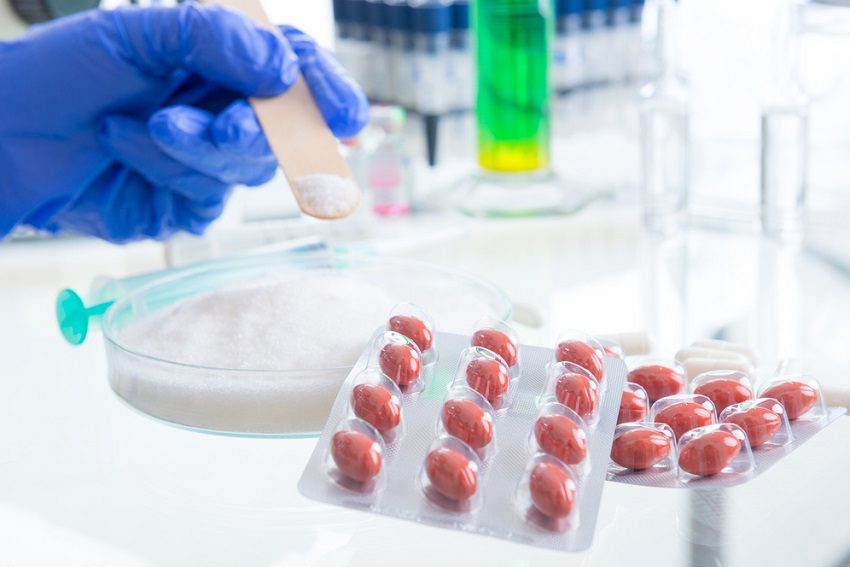Nocebo: The dark side of the placebo effect

I am certain you have heard of the placebo effect. For the uninitiated, the placebo effect is when a treatment (usually a pharmaceutical one) has positive outcomes for a patient, despite the treatment having no known therapeutic benefit.
The placebo effect is a way of testing the efficacy of a treatment. A placebo and the ‘real’ treatment are administered, and if both the placebo and the real treatment produce positive change then the treatment is deemed ineffective, or at least no more effective than a ‘sham’ treatment.
The latest on the placebo effect is that researchers at the Harvard-affiliated Beth Israel Deaconess Medical Center are trying to give the phenomenon an image overhaul, and reframe the placebo effect as using a non-pharmacological, beneficial mechanism to produce symptom relief, rather than simply proving that a drug treatment is ineffective. They are doing this by comparing brain scans of people with chronic pain before and after taking a placebo. The areas of the brain activated by those who felt relief from the placebo (the middle frontal gyrus brain region, FYI), may provide clues as to how and why the placebo effect works.
Now you’re up to date on the placebo effect, we can move onto the ‘nocebo’ effect.
Perhaps not the most elegant choice of name, the nocebo effect is basically the flipside of the placebo effect. That is, when a treatment that should have no therapeutic effect actually produces negative side effects in a patient. If the placebo effect is Jekyll, the nocebo effect is Hyde.
Previous research on the nocebo effect saw over 70 per cent of patients in a drug trial experience such negative side effects from taking a sham treatment that they actually left the study. Given these patients were essentially taking a sugar pill, these negative side effects were chalked up to patient’s negative expectations of the drug.
Naturally, researchers and clinicians are interested in what causes the nocebo effect. Indeed, we can’t have every drug trial impacted so heavily by the patient’s expectations of the drug. So, what are the factors that influence a patient’s expectation of a drug?
Well, as further evidence that cash rules everything around us, recent findings published in Science indicate that beliefs about the cost and quality of a treatment can influence the number of negative side effects reported. Two groups of patients were given a sham anti-itch cream to treat eczema. They were told that a potential side effect of the cream was an increased sensitivity to pain. Both groups were given the same sham cream, but the packaging was different between groups. One group was given the cream in a brand-name style box, and told it was an excepensive treatment. Another group were given the cream in a generic box, and told it was a cheap treatment.
Both groups had the cream applied to their arms. Shortly after this, both groups had heat applied to various areas along the arm that had been pre-treated with the cream. Patients in the condition that had been pre-treated with the ‘expensive’ cream reported more pain than those treated with the ‘cheap’ cream. The authors reported that “the most likely explanation is that participants infer that expensive medication contains a more potent and effective agent and, consequently, produces more side effects.”
The researchers also used brain and spinal cord scans and saw that the patients treated with the expensive cream not only reported experiencing more pain, but also had a different physiological experience of pain. The perceived ‘value’ of the cream seemed to elicit changes in the prefrontal cortex, which then triggered changes in the brainstem and spinal cord.
Evidence is mounting that the placebo/ nocebo effect can have a powerful impact on health outcomes. With this growing evidence base comes the possibility of using these phenomena to enhance the therapeutic benefit of pharmaceutical treatments. Of course, this would probably require some degree of patient deception… I’ll leave that one to the ethics board.
Dr Jessica L Paterson, Senior Research Fellow, CQUniversity, Appleton Institute